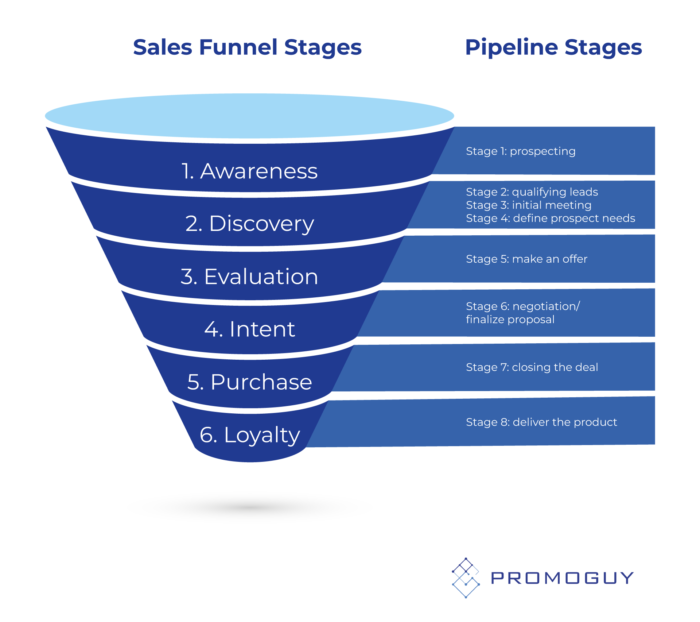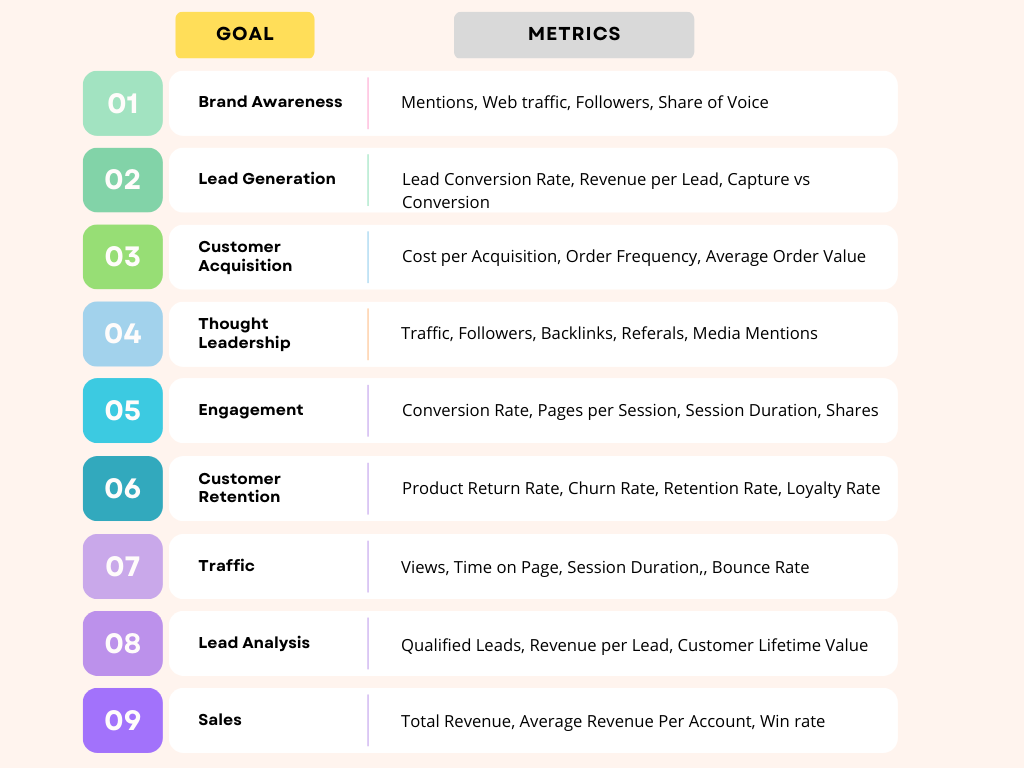To make better use of your promotion strategies, marketing performance management is a necessity. Whether you’re looking to improve Google ad performance, assess the effectiveness of your tools, or recalibrate your business goals, this can be a worthwhile endeavour.
This article will review a process for measuring marketing performance and assessing the effectiveness of marketing activities.
What is Marketing Performance?
Marketing performance is the measure of how well a marketing activity or campaign achieves its goals. It is the effectiveness with which companies execute their marketing goals measured with a number of KPIs and metrics such as ROI, conversions, cost per lead, etc. Market performance is essential in assessing, correcting, or deciding whether to eliminate marketing processes.
Aside from assessing past goals, creating benchmarks and planning future activities is another part of performance analysis. This aspect is generally a part of marketing performance management. Similarly, the process of achieving the set marketing goals is marketing execution. Both of these come together under the umbrella term of marketing performance.
Marketers regularly measure, plan, and execute their marketing goals at regular intervals. Plans can be short-term (1 to 3 years) or middle-term (3 to 7 years) or even long-term (7+). These time-related aspects depend on the scope and extent of the goals.
Setting Performance Goals
To properly set goals, you need to consider a few key concepts related to your brand and strategy. First, what stage of the funnel are you in? This will determine whether you need awareness or whether you need to set yourself apart from the competition etc.

Secondly, you need to assess what type of customer interaction will help move you to the next stage. If you’re selling an easy-to-explain product with many competitors, it would be best to focus on differentiation or market share strategies. However, if you have low competition but a product whose utility is not clear to the customer, you might want to create brand awareness.
Typical marketing goals can include:
- Brand Awareness: How well does the general audience know you and what you provide?
- Lead Generation: The level of sales potential that you can muster.
- Customer Acquisition: How many customers are you acquiring and what quality are they?
- Thought Leadership: Measuring whether you are an authority on your subject or dominant in your product niche.
- Engagement: How much interaction do your online activities get?
- Customer Retention: Do you keep your customers around past the initial sale or service period?
- Traffic: How well your website and pages
- Lead Analysis: How good are your leads and how much do you make off of each one?
- Sales: Improving the sales process and decreasing the cost of acquisition.
Marketing Performance Analytics
When it comes to the goals stated above, here’s a handy table to match them to their various metrics:

How to Measure Marketing Performance?
Measurement has never been easier thanks to digital and online processes with real-time reporting. Tools like SEMrush and HubSpot collect so many of the numbers you need. However, you will still have multiple other sources of information.
- Goal & KPI setting and monitoring: Prior records of goals and how they were monitored.
- Performance monitoring: Specify all performance measures against goals.
- Sales and marketing service level agreements (SLAs): Build strong SLAs so everyone knows their roles.
- Tools & Reporting: Marketing automation strategies can help you keep real-time data with specific digital marketing tools and help generate insights. These can be very specific in what they measure, so make sure to use the appropriate tool for the task.
- Product or Service Internal Data: Your product or service probably has its own goals to meet. These can be easily converted into measurable goals, e.g. “How many people are using your software per day?”.
- Customer input monitoring: Gather customer feedback and effectively solve customer pain points or knowledge gaps.
- HR Audit: Check with HR to see who is qualified for what roles and set goals based on competencies. You might even find undiscovered talents to set KPIs to.
This checklist is handy is setting and measuring performance. For example, if you set a goal to increase ad reach, you’ll need to set goals on ad performance metrics such as conversion rate, impressions, cost-per-impression, etc. Now you know what to look for and what to measure, so you can choose a tool like Google Analytics or SEMrush.
Now, you’ve set some goals and gone through the activities you deemed necessary to achieve them. The next step is to measure the campaign’s performance. You need to perform an audit.
Performance Audit
Usually, an audit happens during and after the set campaign or project. Some companies ensure bias elimination by hiring external firms to do the audit but that’s not always the case. In fact, internal audits are just as important since they can ensure that everything is staying on track and receiving the right amount of attention.
Here’s our basic 4-step process (this is a bit general so you might have to tinker with it for specific business scenarios):
First, you need to identify or set your goals. Gather all the relevant KPIs and check what objectives were set in the prior measurement period. Next, you need to measure the goals against gaps in actual performance. Identify which areas overperformed and which underperformed so you can see where the ROI is most efficient or slacking.
After that, you need to create budgeting projections. Look over which processes are underfinanced or which ineffective areas are overfinanced. Aside from looking at the numbers, it’s useful to identify internal and external changes that might account for anomalies i.e., if this was during the pandemic, for example, standard measurement goes out the window and any comparison to prior data would be unfair.
Finally, you need to make recommendations to improve future processes. Your recommendations should. An important thing to keep in mind is to keep in mind the costs associated with your recommendations and measure them against the status quo. It’s also important to not just look at the numbers but also make recommendations based on the company culture. Sometimes it’s better to leave well enough alone.
Similarly, remember to give projects in their infancy some extra legroom to grow. Set goals and measure them according to an appropriate time scale because not all results show progress instantly.
</style


